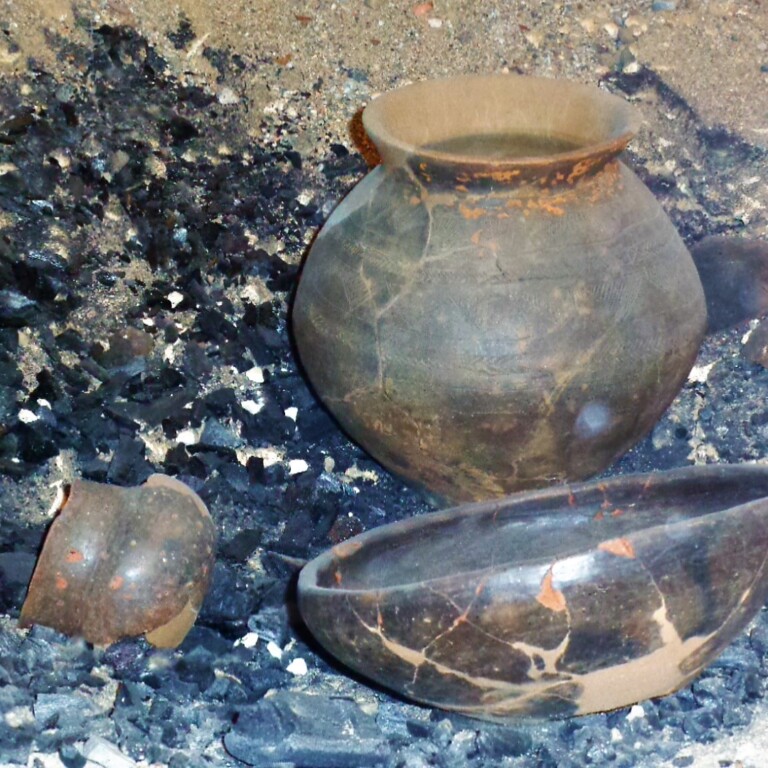Archaeological Museum
Museo Civico Archeologico di Sesto Calende
 included
includedFrom the earliest period, some functional and adornment objects from some burials in natural caves, overlooking the lake, from Arolo di Leggiuno (Va) are presented. Some finds dated to the last phases of the Bronze Age (13th - 10th century B.C.) testify to a new phase of occupation documented in the incineration necropolis of Somma Lombardo, in the Malpensa airport area.
The museum houses one of the most important collections of artefacts from the Golasecca culture, a population of Celtic stock that in the course of the early Iron Age determined one of the largest population concentrations in northern Italy in the lower Verbano area between the end of the 9th and 5th centuries BC. Through the communication route represented by the Ticino river and Lake Maggiore, they came into contact with the Mediterranean world, and Etruscan in particular, and the area of the transalpine Celtic principalities
Also from the monastic church of S. Donato di Sesto Calende are some plutei and pillars decorated with interlacing that present an interesting mixture of decorative elements of Germanic flavour with others of late antique tradition and are dated around the first half of the 9th century.
The visitor route is supplemented by scenographic reconstructions, a large screen with a looped projection of a video on the Golasecca culture with animations and a double language version. Most of the finds are displayed in their associations of discovery and are accompanied by concise captions explaining their characters and chronology with informative QRCodes.
The museum is completely barrier-free and has a small tactile appreciation section with Braille texts especially for visually impaired people. It is possible to book a guided tour or use the audio guides in the museum.















